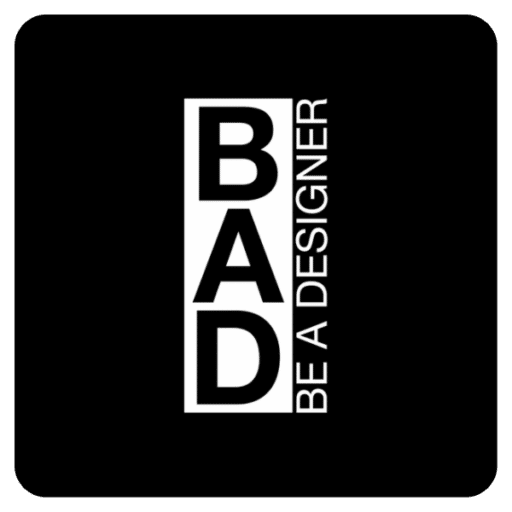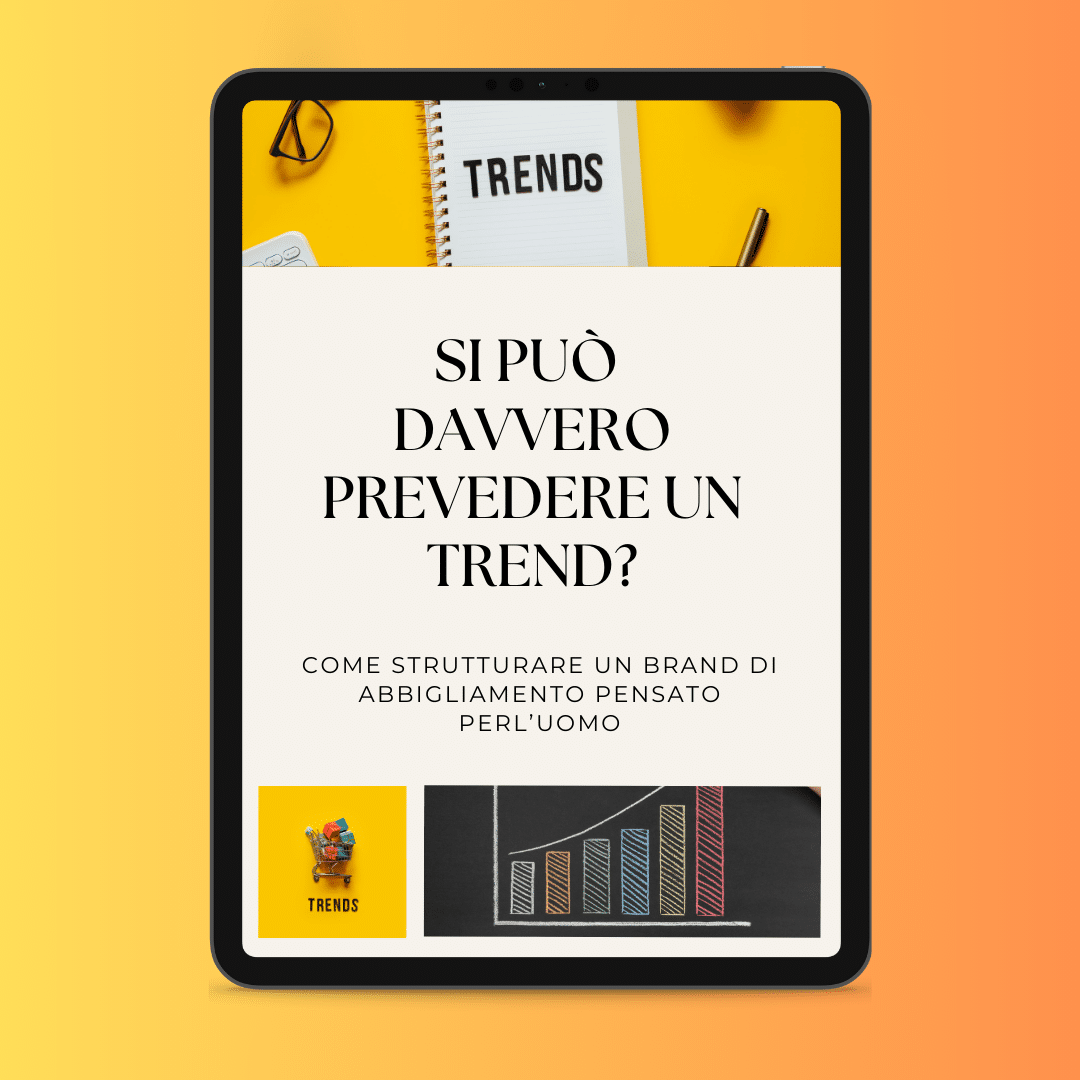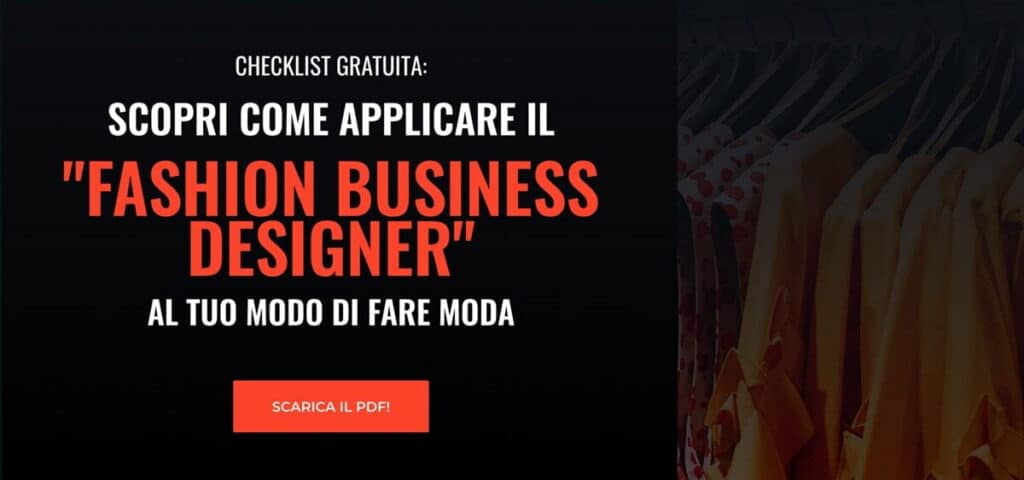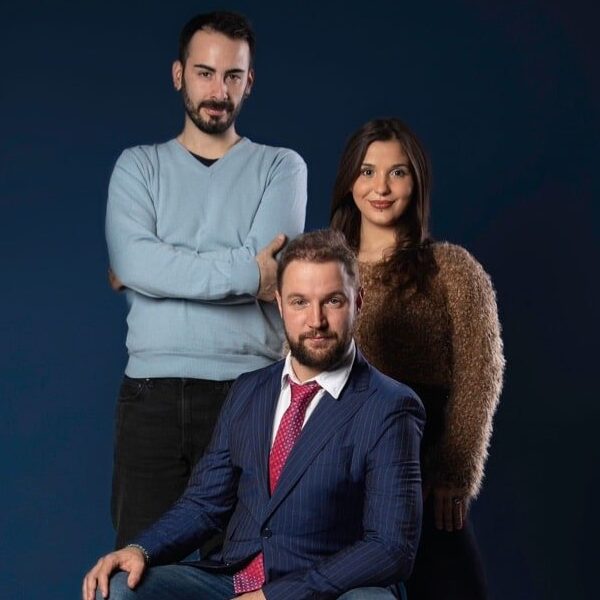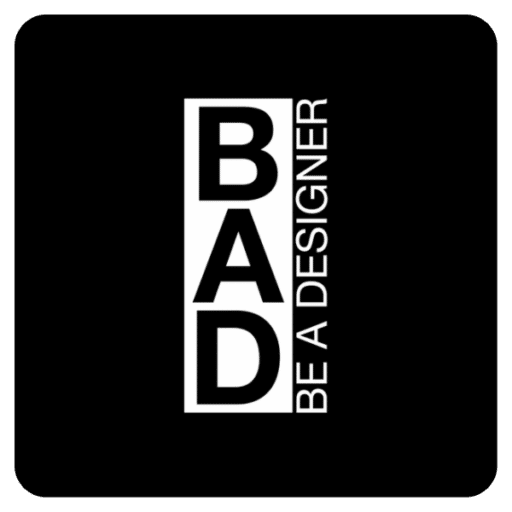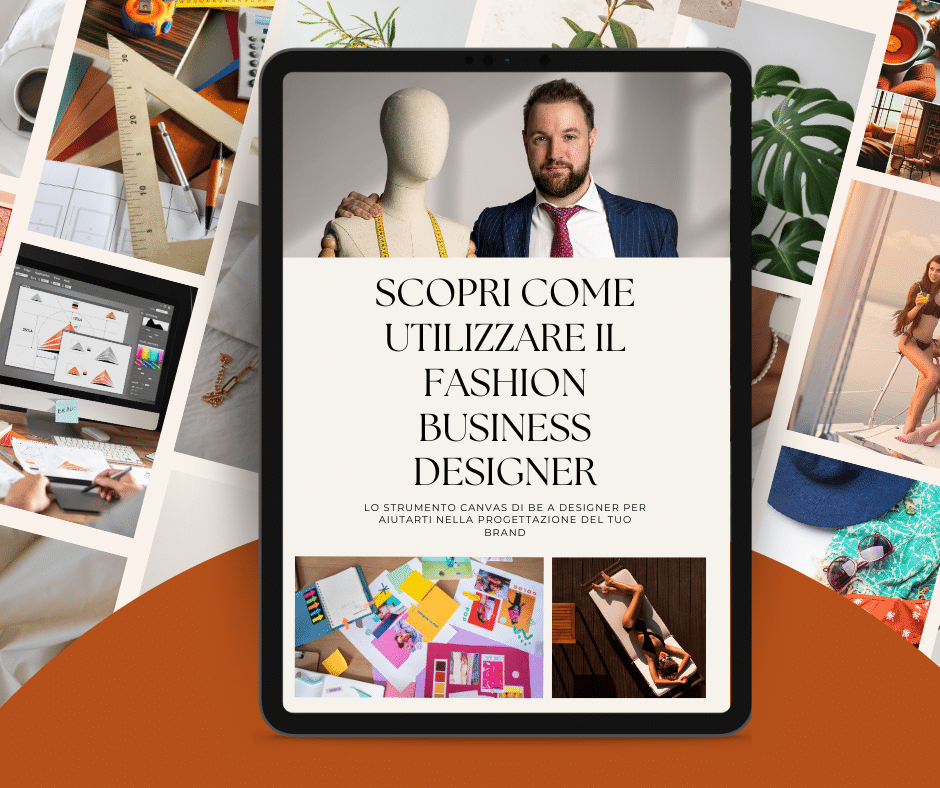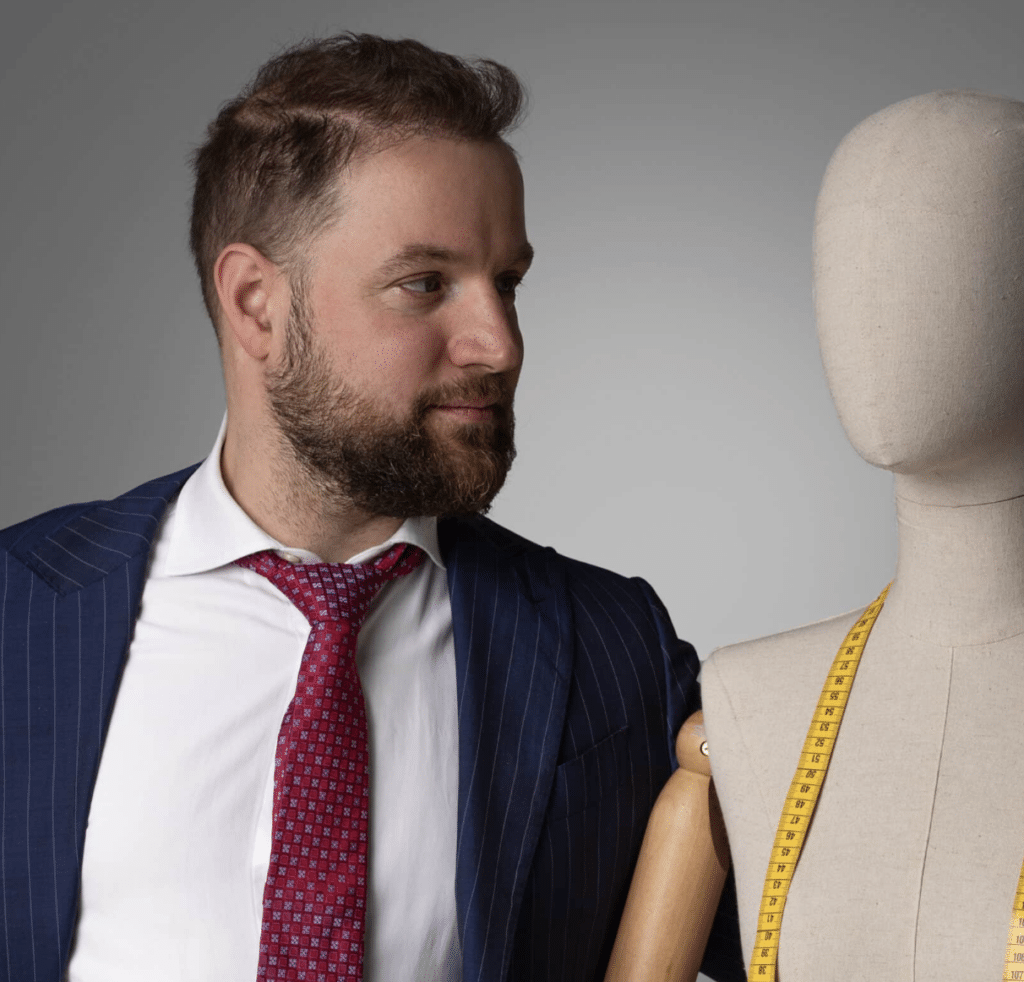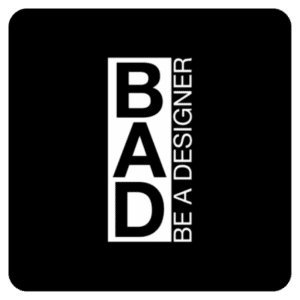You may have heard of normcore. 'Normcore' is one of the trends of the century, so much so that it risked being the word of the year for the Oxford English Dictionary in 2014, playing it off on equal terms with 'bae'.
This term was launched by the agency/art collective K-Hole during the presentation of generational branding at the Serpentine Gallery in London in 2013, overturning the cliché of the typically millennial obsession with the unique-special-unrepeatable 'snowflake' and proposing a new concept of cool: being as 'normal' as possible.
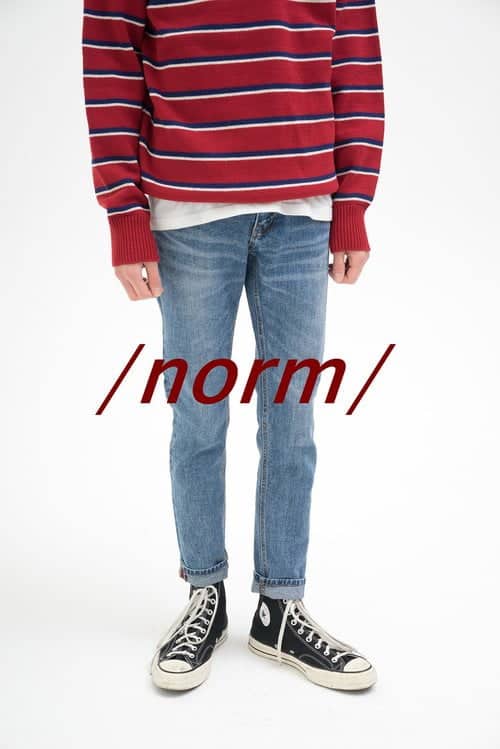
Normcore
when you don't have to wear anything special to be cool
This word immediately became a trending topic on Twitter and, six months after the presentation of K-Hole, the main elements of normcore - unsigned denim, turtlenecks, sweatshirts, sweatpants and even the much maligned Crocs - appeared on the catwalks and in the pages of Vogue.
H&M instead published a post on normcore style icons that included Jerry Seinfeld, Homer Simpson and Steve Jobs. The impact on street style was huge, as Instagram and Tumblr began to fill up with baggy jumpers and 90s t-shirts.
In all this, nobody seemed to realise that K-Hole was not a trend forecasting agency, but an art collective, which had created a fictional dossier 'in the spirit of fan fiction'. Relying on that 'light cultural analysis' and the sleek design of real trend forecasting reports, K-Hole had jumped into trend forecasting after a friend who had worked at a subscribers' company had provided packets of information and insights invaluable for truly understanding youth culture and, more importantly, the market. K-Hole parodied the fashion industry's reliance on trend forecasting and this, by locking into the concept of normcore, made this joke even more refined.
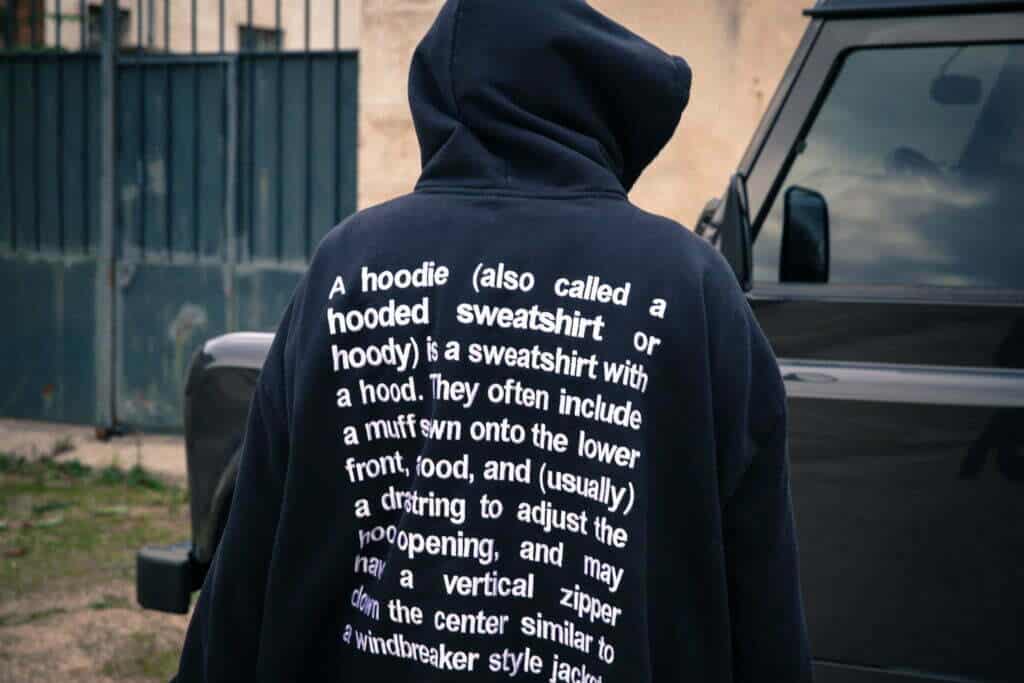
The rise of normcore is one of many examples of the complex, mysterious and symbiotic relationship between trend forecasting and fashion.
It is not about predicting the future, nor is it about purely editorial decision-making, nor is it about identifying or creating a trend.
One could continue the debate by asking whether trend forecasting generates trends or simply identifies them. Trend forecasting lies in the grey area between all these elements.
What is clear is the influence it exerts on ever wider aspects of our lives, from what we eat for breakfast to the apps on our smartphones. It is the invisible hand that guides our choices before we ourselves realise we are making a choice.
To better understand its complexity, we must first remember that it has its roots in and is still supported by the fashion industry. Before the Internet, the trend forecasting system was clear and well-defined: to understand what was going to be in fashion, one watched the fashion shows and then decided what would work best and for which market segments.
All this would then be transcribed into trend reports for lower-end brands, chains and department stores, which would design their collections accordingly.
The photos of the fashion shows would reach the public through fashion magazines and 12-18 months later the garments could be purchased in shops.
The general democratisation of information unleashed by the Internet has overturned many of fashion's alters, revealing its secrets and behind-the-scenes in a web populated by influencers, from teenage YouTubers to the strangest Instagram profiles.
Today, one no longer has to occupy a powerful position in a fashion house to influence style; all one needs is a smartphone.
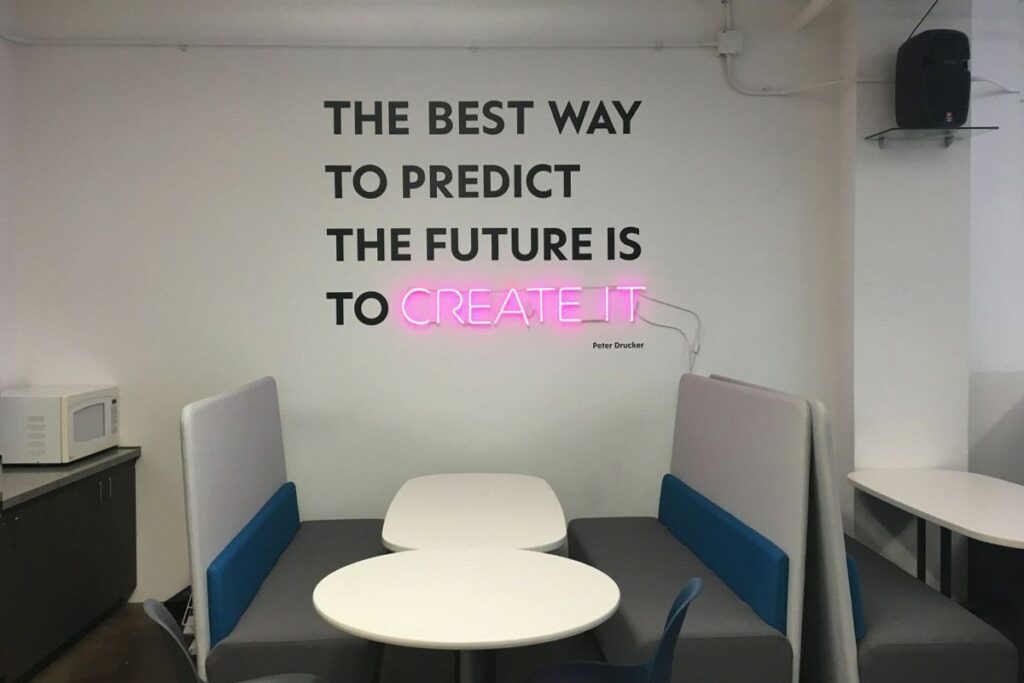
So who forecasts trends? Some companies (such as Urban Outfitters) run vertically integrated models and have their own forecasting team, others rely on external consultancy. Independent brands and designers, on the other hand, tend to trust their instincts.
If you have a small business you may not have the same flexibility as a designer, but you probably have enough budget to be able to afford a consultancy. The top player in this field is WGSN (World's Global Style Network), which provides data, analysis and insights for a wide range of sectors, but especially for fashion.
WGSN claims to be able to predict colours and trends more than two years in advance. Their fabric research teams look even further ahead, as the fabrics they predict as key trends have to be manufactured before the clothes.
All this means that the cutting, washing and finishing of your jeans was probably planned two or three years before you thought of buying them.
WGSN trend forecasters literally spend their days on Instagram, trying to find the coolest teenagers to follow. Indeed, a large number of factors depending on lifestyle, health and economic issues can influence trends, and trends can be predicted in almost every single aspect of daily life.
Food, travel, home decor, fitness: all these things influence trends and fashion, in both directions and in unpredictable ways.
As consumers are in an increasing hurry to buy a new product and what is seen on the street and online is stealing the show, the very idea of 'trend' has changed. It is no longer just about looks, but about lifestyles and mindsets translated into marketable concepts.
A report was recently presented on the theme "Future Breakfast Solutions", which could affect everything from crockery to pyjamas to corn flakes.
By 2020, about 40% of the American workforce is expected to work from home; this has greatly favoured the athleisure trend, because people want to be comfortable at home and still be able to go out for coffee without looking like they are in their pyjamas.
All these influences are reflected in WGSN's customer base, which includes companies as diverse as Chrysler, NBC, Nickelodeon and Starbucks. If you are one of their customers, you will receive a report on what the future might look like for your company, your brand and your products.
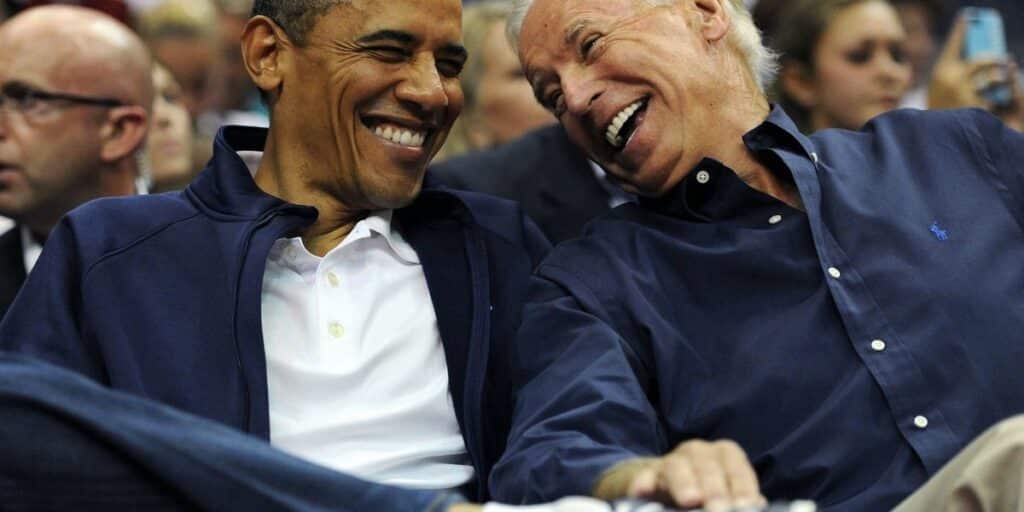
It is not so difficult to predict the evolution of phenomena already taking place in everything from technology, clothing, accessories, stationery and food. So, what will be the future of breakfast, sweatpants, or bed sheets? To get the trend forecaster's answers, you'll have to cough up some cash.
WGSN has very high fees and their own website specifies that it is 'not suitable for consumers', i.e. the average fashion follower who wants to keep up, also and above all to make it clear that this is a service for companies with the need, capacity and budget for serious data processing. Perhaps, however, there is also another reason: to paraphrase John Oliver, many of us love fashion end products, but just like a delicious salami, we don't really want to know how it was made. A closer look might reveal that fashion is so trend-driven and profit-driven that very little truly creative remains.
WGSN is arguably the largest trend forecaster, with more than 6,000 registered users. However, subscribers have access to more than 70,000 design patterns, as well as a database of patterns and colours, which is continuously updated to reflect the expected trends for the coming season. When some big brands - such as Zara, Topshop, H&M and Marks and Spencer - are all subscribed to the same reports on colours, materials and patterns, it is not difficult to understand why customers complain that the collections all look the same. Then there is also another problem: fast fashion companies, which readily copy designer collections in low-priced versions, put them in the shops faster, or offer products that are too similar to those of independent designers.
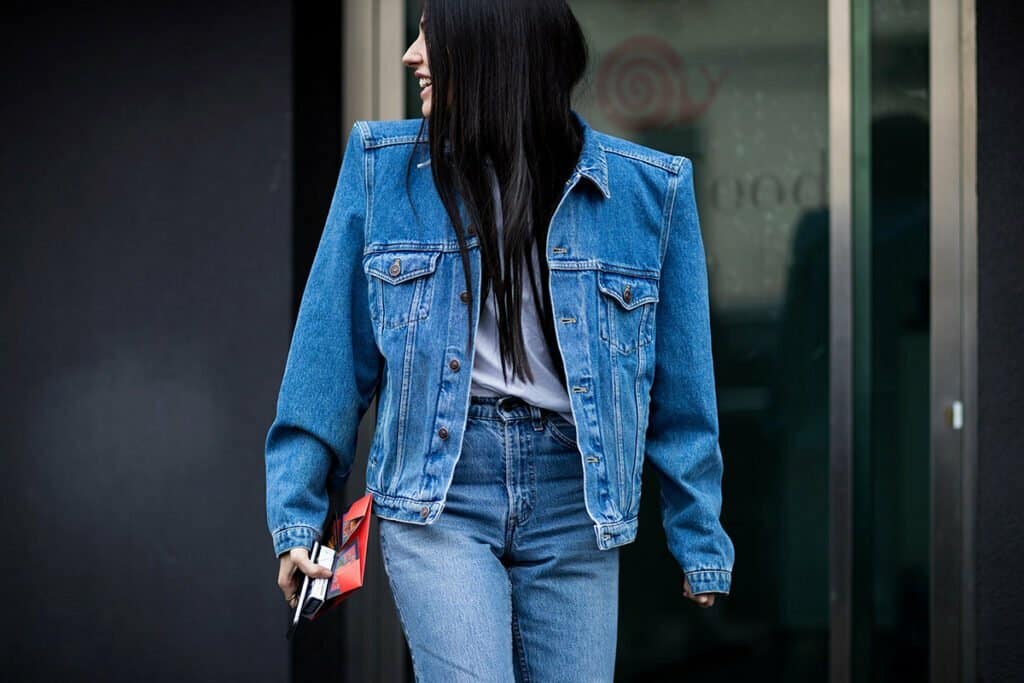
The fashion industry's dependence on trend forecasting is almost tragicomic, but it gives one pause for thought: just think that an oversized Vetements Champion sweatshirt can easily fetch the same price as a designer bag. It is increasingly difficult to distinguish between self-conscious parodies, avant-garde visionaries and Instagram stars who look very, very good wearing certain clothes. This new digital feedback loop, reinforced by the Internet's very short-term, meme-fuelled memory, has meant that it is no longer clear whether the chicken or the egg came first, and that the fashion industry is happily biting its own tail, as in the case of normcore.
Even though normcore was invented by an art collective - so practically by real creatives - one has to wonder if it would have been taken so seriously if they were not considered a trend forecasting agency. WGSN's motto, written in neon on a wall at the company's headquarters, is 'Create Tomorrow', and perhaps reflects their idea of who the real trendsetters are.
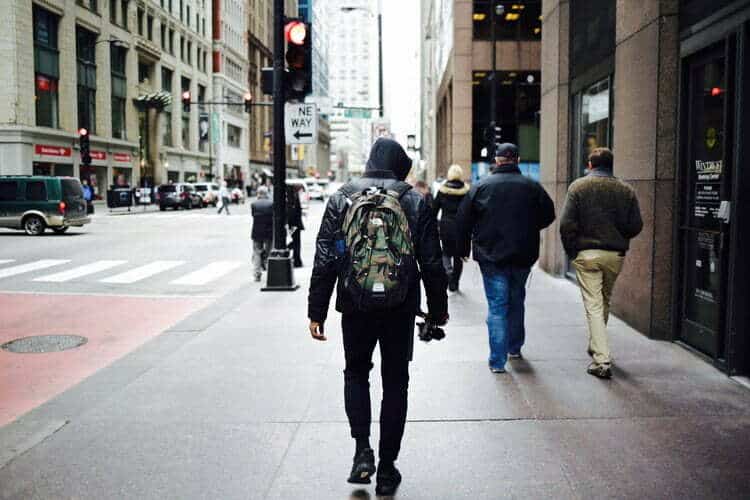
Do you want to create your own brand?
Within the project Be A Designer we can help you build your brand using the Fashion Business Planner
